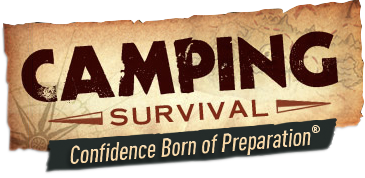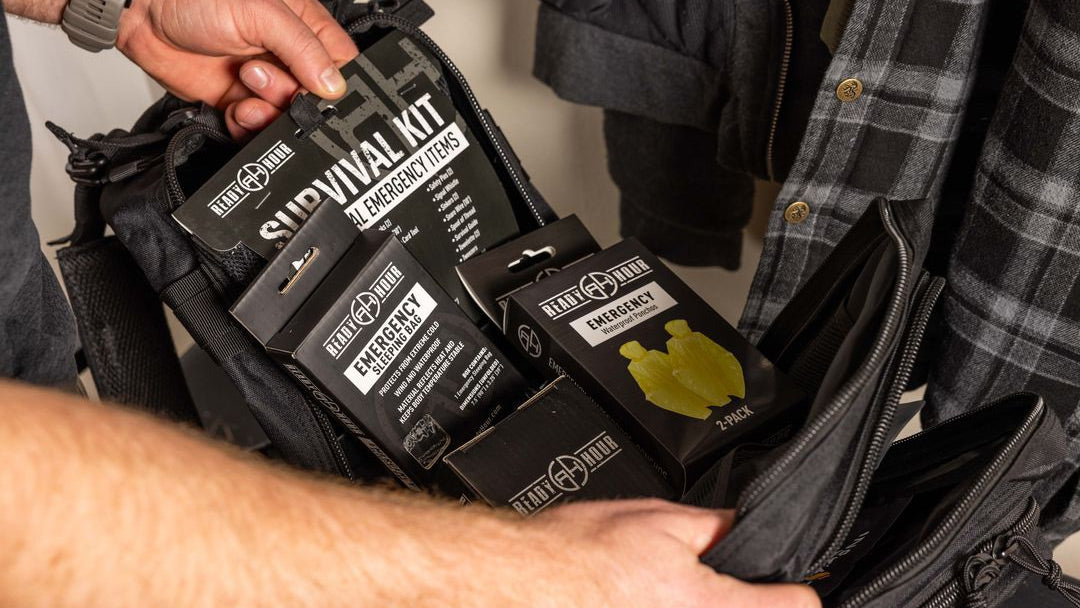Not for the paranoid, for the prepared.
Some days, don’t you just want to vanish for a bit?
We’re talking turn off the phone, walk past the end of the trail, and breathe air that doesn’t smell like office carpet and exhaust fumes. The world gets loud—too loud. And when it does, there’s something healing about grabbing your gear, disappearing into the trees, and letting the wild reset you.
But here’s the thing. That same bug-out bag you pack for peace of mind? It’s also your ticket to survival if things ever go sideways.
That’s the mindset. We don’t pack because we’re paranoid, we pack because we’re ready. Ready to unplug. Ready to get out. Ready to move if we need to. So if you're just getting started on your bug-out bag or you’ve got one gathering dust in the closet here are a few things you’ll want to toss in. Trust us.
First things first: the bag itself. Get something that can take a beating. If your straps are going to dig in or your seams are going to pop the second you hit rough terrain, you’re setting yourself up for misery. Look for something between 30 to 50 liters, water-resistant, with good shoulder and hip support. Bonus if it has EMP protection to keep you untraceable like this one.
Next up, don’t skimp on first aid. It’s easy to think, “I’ll be fine,” until you trip over a root, slice your hand on some rusted metal, or get hit with a headache that just won’t quit. You want a real kit: gauze, antiseptic, meds, tape, gloves, and something serious like a tourniquet or trauma pad because your plan shouldn’t hinge on finding a doctor in the woods.
Speaking of staying human, toss in a camp shower. Yeah, yeah, sounds fancy but after a day of sweat, smoke, and mud, being able to rinse off isn’t just about comfort. It’s about staying sane and staving off infections. There are solar ones that roll up and weigh next to nothing. Worth every ounce.
Now, food. Freeze-dried meals are the move. Lightweight, shelf-stable, and surprisingly tasty if you pick the right ones. Get a mix of breakfast, dinner, and something snackable. You want at least 2,000 calories per day; more if you’re moving a lot. Pro tip: don’t forget the spork. Eating chili mac with your fingers might sound fun. It’s not.
To heat those meals, you’ll need a real stove. Fires are great, until the wood’s wet or the wind’s howling. A compact stove boils water fast, keeps meal prep simple, and can brew a cup of coffee when morale is circling the drain.
And we can’t forget water. Water’s non-negotiable. Your bag needs a solid water filter or bottle filter, whatever works for you and a backup set of purification tablets just in case. Pair that with a collapsible bottle or canteen, and you’re good. Because the clear stuff running in that creek? Might look clean. Might also wreck your insides.
That’s the core of it. The rest you’ll fine-tune based on where you live, where you're headed, and what kind of chaos you're expecting. Maybe it’s a power grid failure. Maybe it’s just a weekend without reception and responsibilities. Either way, having a bug-out bag means you’re not starting from zero when things get real.
So pack it. Test it. Throw it in your truck or keep it by the door. And when the moment comes whether it’s burnout or blackout you won’t just survive. You’ll move with purpose.
Because that’s what we do.
We don’t panic. We prep. And when the time comes to disappear for a while by choice or by necessity we’re already ready.
Until next time, stay sharp, stay curious, and never underestimate the power of a well-packed bag.







0 comments